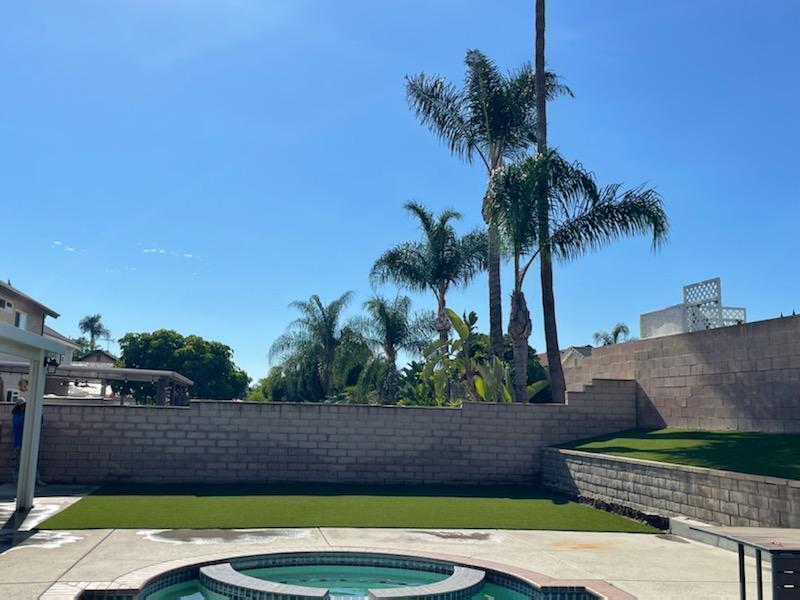Understanding the Cost Factors of Artificial Turf Installation
Artificial turf offers an appealing alternative to natural grass for homeowners seeking a low-maintenance, green landscape. However, the cost of installing artificial turf varies based on several factors. In this article, we'll delve into the key determinants of artificial turf costs and explore the pros and cons of this synthetic solution.
Factors Affecting Artificial Turf Costs
Turf Material Type: The type of turf material significantly impacts the cost. Polypropylene, polyethylene, and nylon are commonly used materials, each varying in quality and price. Polypropylene is the most affordable but less durable, while polyethylene is more natural-looking and durable. Nylon, the most durable option, is also the priciest.

Turf Quality and Brand: Different manufacturers offer varying quality levels of artificial turf. Higher-quality brands often come with a higher price tag due to improved durability, aesthetics, and performance.

Area Size and Shape: The size and shape of the area you intend to cover with artificial turf affect the overall cost. Larger areas require more materials and labor, leading to higher expenses.
Labor and Installation Costs: Professional installation is recommended to ensure proper placement and drainage. Labor costs vary depending on the complexity of the project and the region.
Additional Features: Adding features like paver walkways, flower beds, gazebos, or decks to your artificial turf area will increase the overall project cost.
Types of Turf Materials and Costs
Polypropylene: The least durable option, suitable for shady areas or indoor use with low foot traffic. Costs range from $1.90 to $6.75 per square foot.
Polyethylene: Offers a natural appearance and durability. Ideal for outdoor use and homes with pets. Prices range from $2.55 to $3.85 per square foot.
Nylon: The most durable option, suitable for heavy foot traffic and sports fields. Expensive, with costs ranging from $5.05 to $5.83 per square foot.
Pros and Cons of Artificial Turf
Pros:
Water-saving: Requires no irrigation, conserving water resources.
Low maintenance: No mowing, fertilizers, or pesticides needed.
Durable: Resistant to foot traffic and wear.
Suitable for various areas: Can be installed indoors or outdoors.
Always looks pristine: Maintains a fresh appearance with minimal effort.
Cons:
Environmental impact: Made of non-recyclable plastic materials.
Heat retention: Can become hot in direct sunlight.
Bacteria growth: Requires occasional sanitization to prevent bacterial buildup.
Harmful runoff: Contains toxic elements that may affect waterways.
Manufacturing waste: Produces waste and carbon emissions during production.
Professional Installation vs. DIY
While DIY installation might save on labor costs, it's recommended to have professionals handle the process to ensure proper placement, drainage, and longevity of the turf. Professional installation costs vary based on the region and project complexity.
Cost Considerations Across the U.S.
Artificial turf costs can vary based on location due to market demand and labor rates. Homeowners should consider both material and labor expenses when planning their artificial turf project.
Installing artificial turf offers numerous benefits, but its costs depend on various factors such as turf type, quality, installation, and additional features. While the upfront investment can be significant, the long-term savings in maintenance costs and water conservation make it a viable option for many homeowners. When considering artificial turf, it's essential to weigh the pros and cons, as well as the overall budget, to make an informed decision that suits your needs and preferences.
